Orange Crush
Three festivals
Kavior Moon
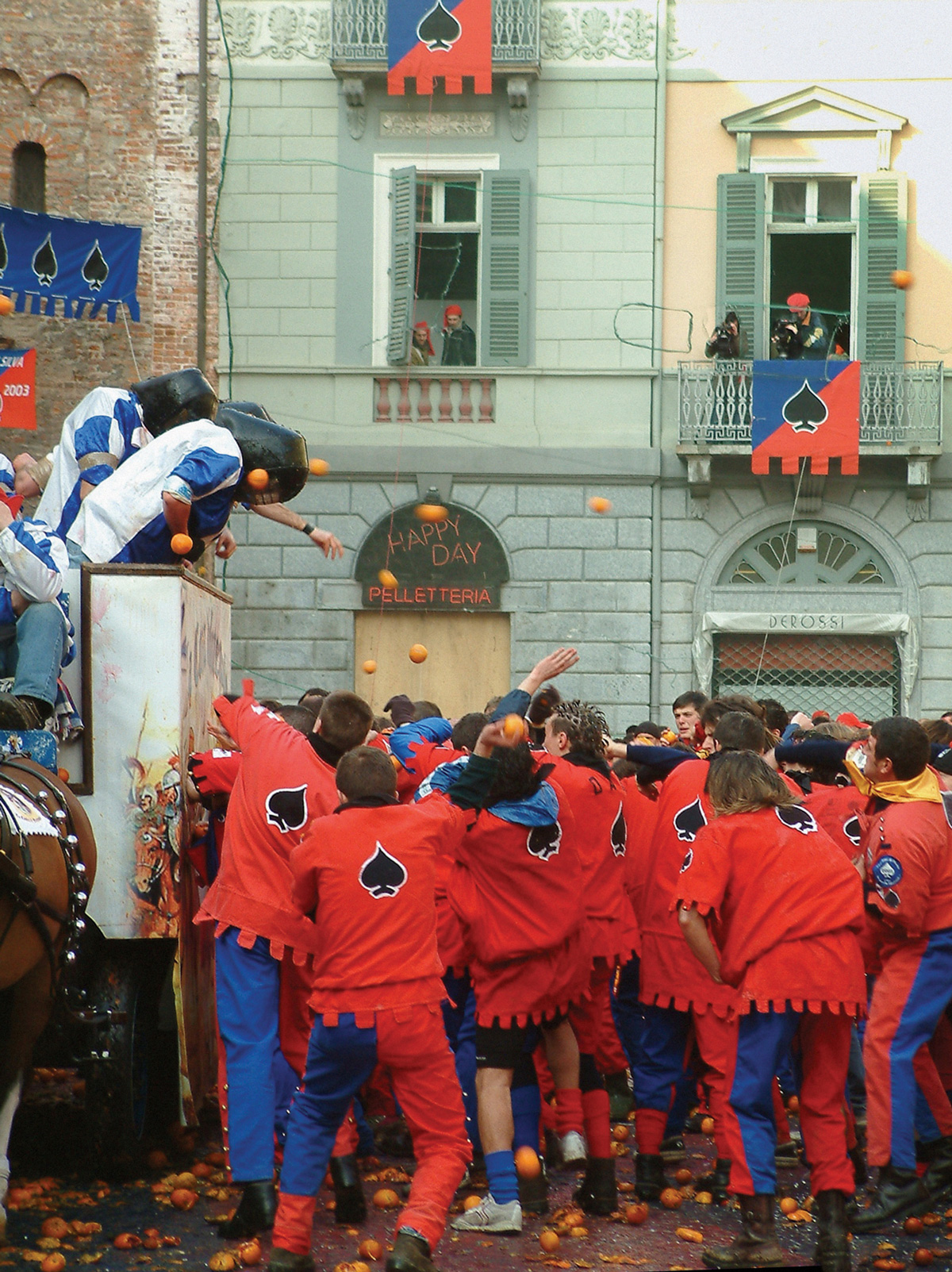
According to a popular legend, in 1194, a just-married local miller’s daughter named Violetta cut off the head of the ruling Count Ranieri of Biandrate, who had demanded the right to spend the first night with newly-wedded brides. The beheading started a popular revolt during which the commoners fought with stones against the troops and set the tyrant’s castle on fire. Oranges were introduced into the carnival in the nineteenth century as people on balconies would toss them at passersby, who would respond in kind. This developed into the present celebration, known as La Battaglia delle Arance: the teams on foot represent the commoners, while those in horse-drawn carts represent the tyrant’s troops and the ruling class.
Legend has it that while residing in Binche in 1549, Queen Maria of Hungary decided to organize a special ceremony during the town’s Carnival festivities in honor of her brother Emperor Charles V and his son Philip II of Spain, who had come for a visit. She had the courtiers dress as Incas, a reference to the Spanish expeditions to South America at the time, though another version of the story claims real Incas were brought over from Peru. The Incan-inspired character—later named Gille—traditionally wears a wax mask, a hay-stuffed burlap suit decorated with bells, an eight-pound, white-plumed hat (made with ostrich feathers), and wooden shoes. The “Gilles” appear only once a year, on Shrove Tuesday, when they dance down the streets to the beat of drums during a parade leading to the Town Hall. The oranges are thought to be a substitute for the gold coins that Queen Maria threw to the crowd.
This festival, which takes place in mid-February each year, was started in 1934 by an ambitious local hotelier to attract tourists. Some three to four tons of citrus fruits—mainly lemons and oranges—are used for each of the floats, which are designed according to a new theme each year. All the fruit, nearly 120 tons worth, is imported from Spain. After the event, the surviving fruits are sold at a discounted price for consumption.
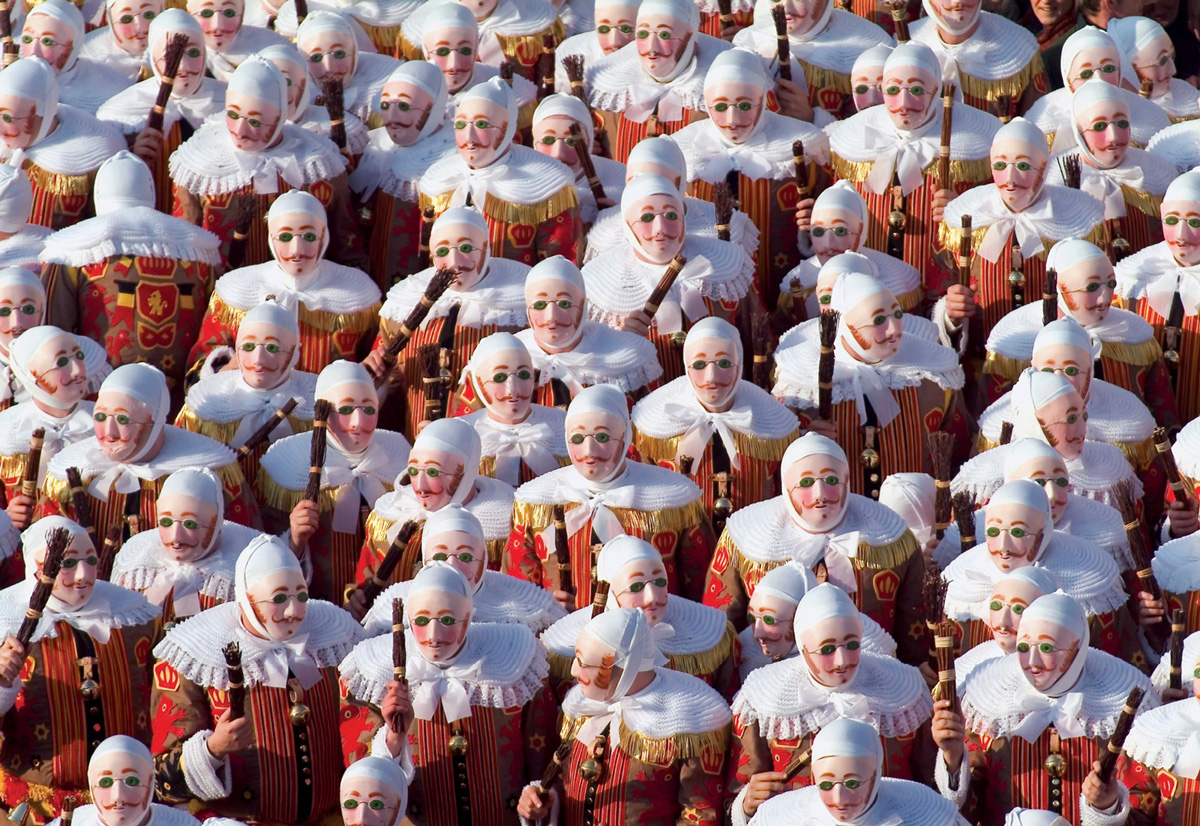
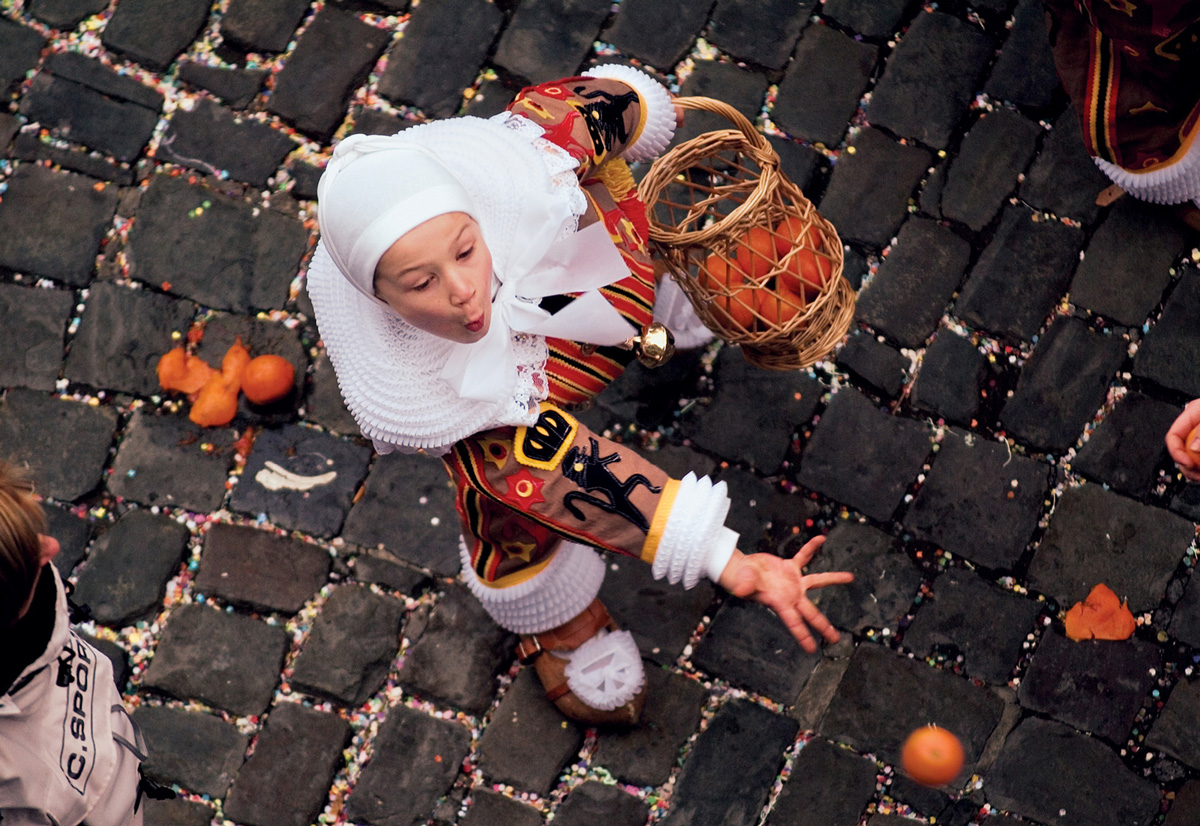
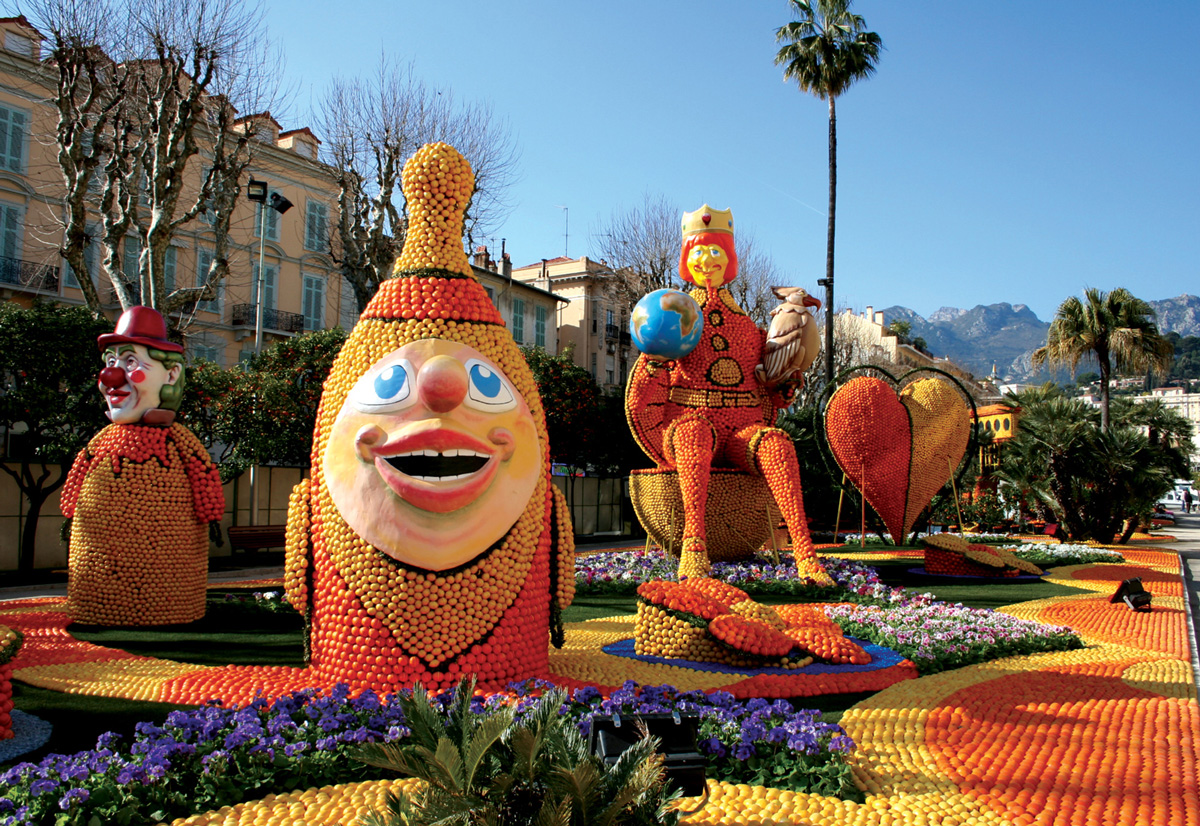
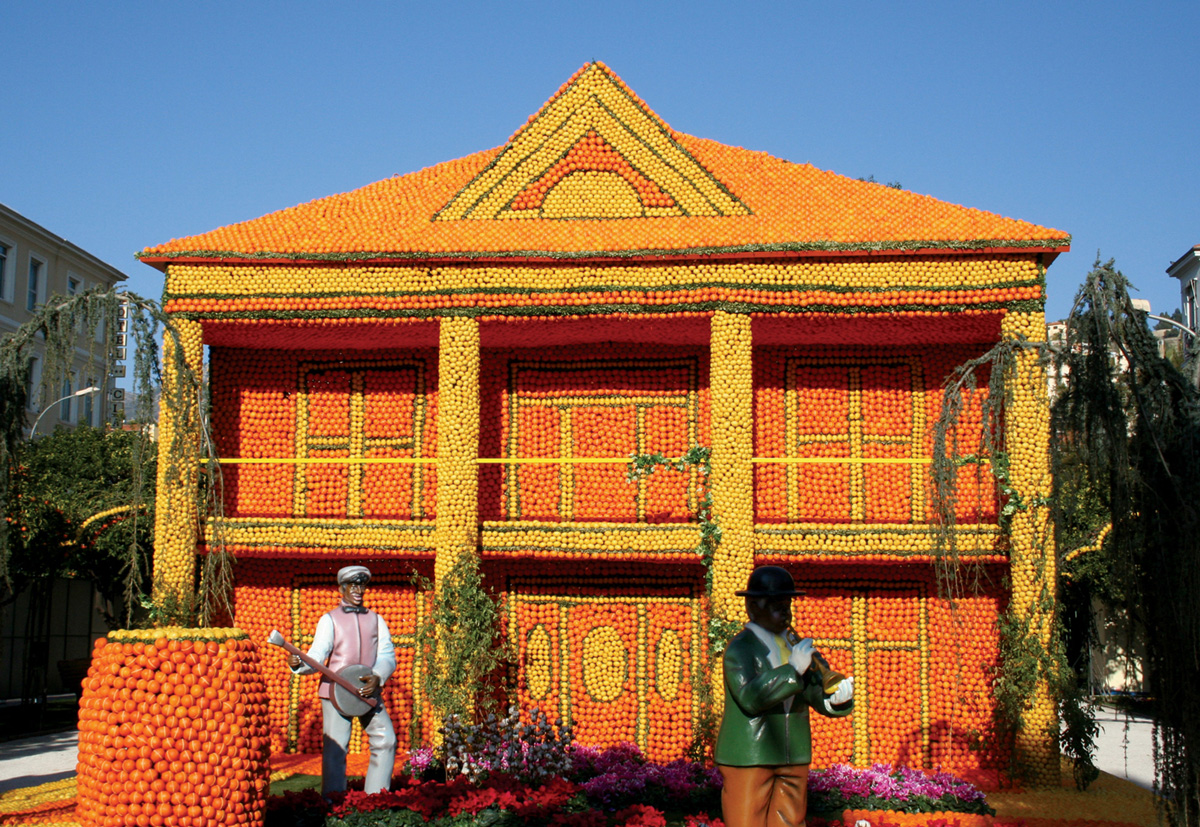
Kavior Moon is an editorial assistant of Cabinet.
Spotted an error? Email us at corrections at cabinetmagazine dot org.
If you’ve enjoyed the free articles that we offer on our site, please consider subscribing to our nonprofit magazine. You get twelve online issues and unlimited access to all our archives.